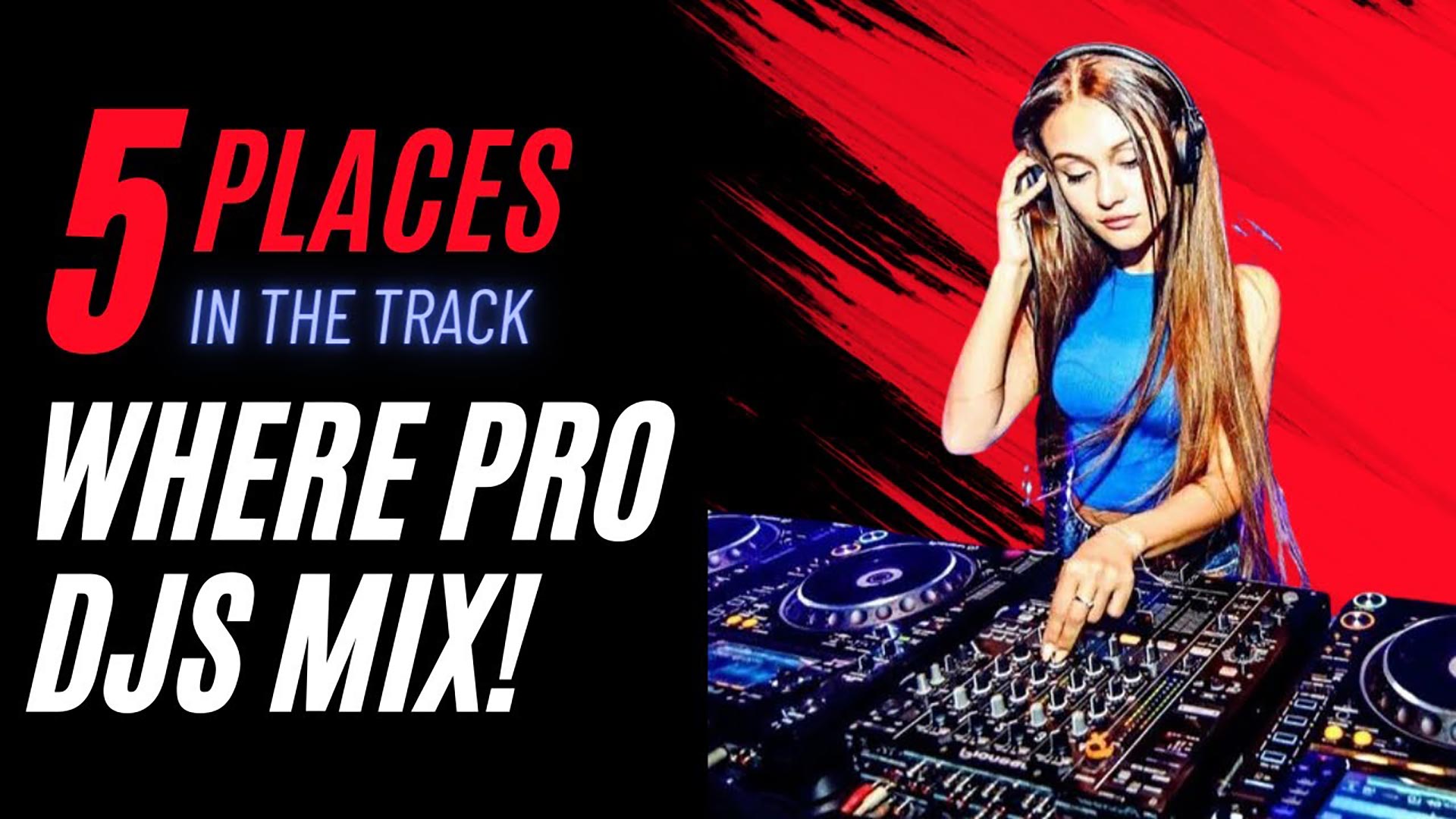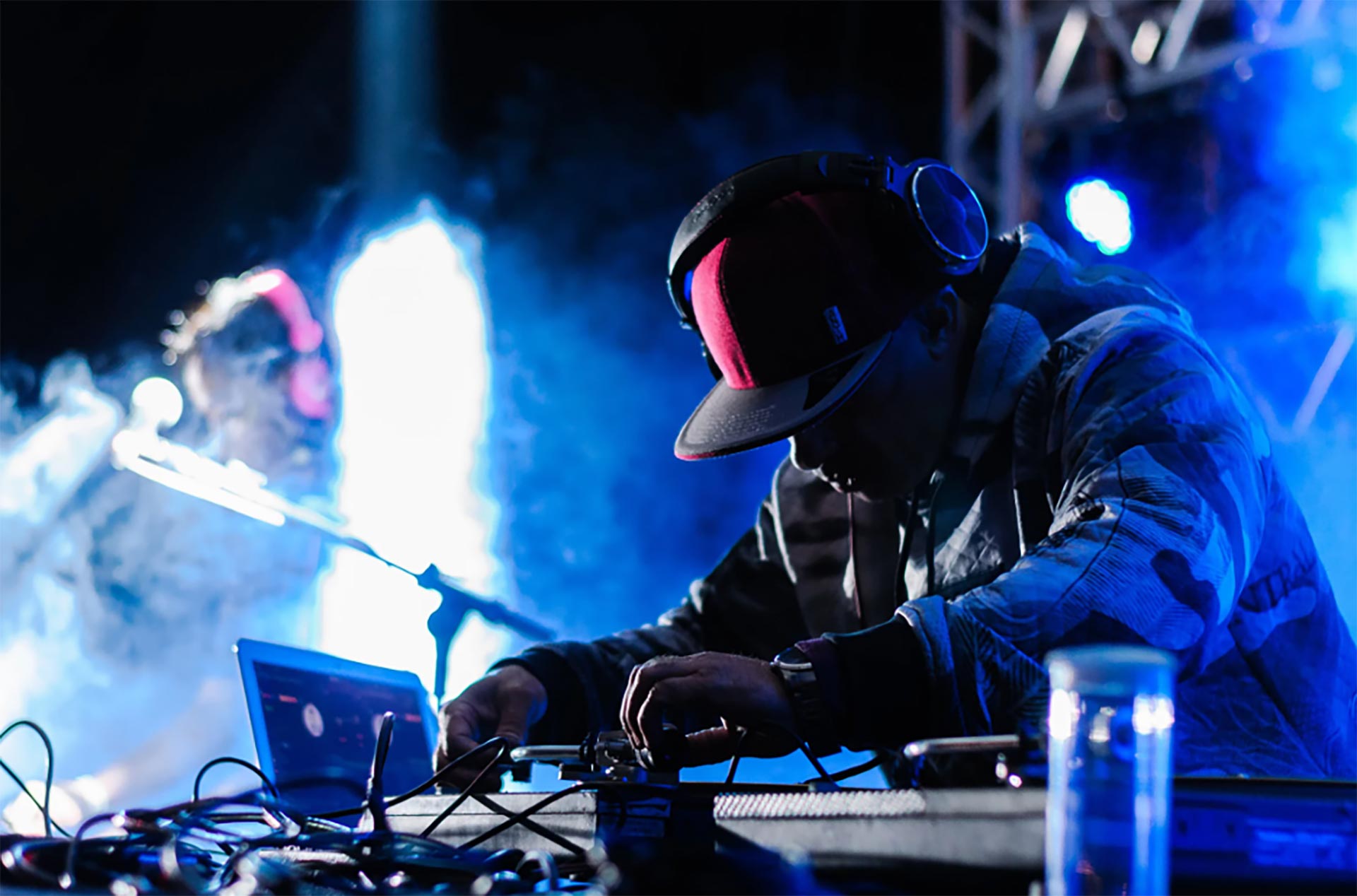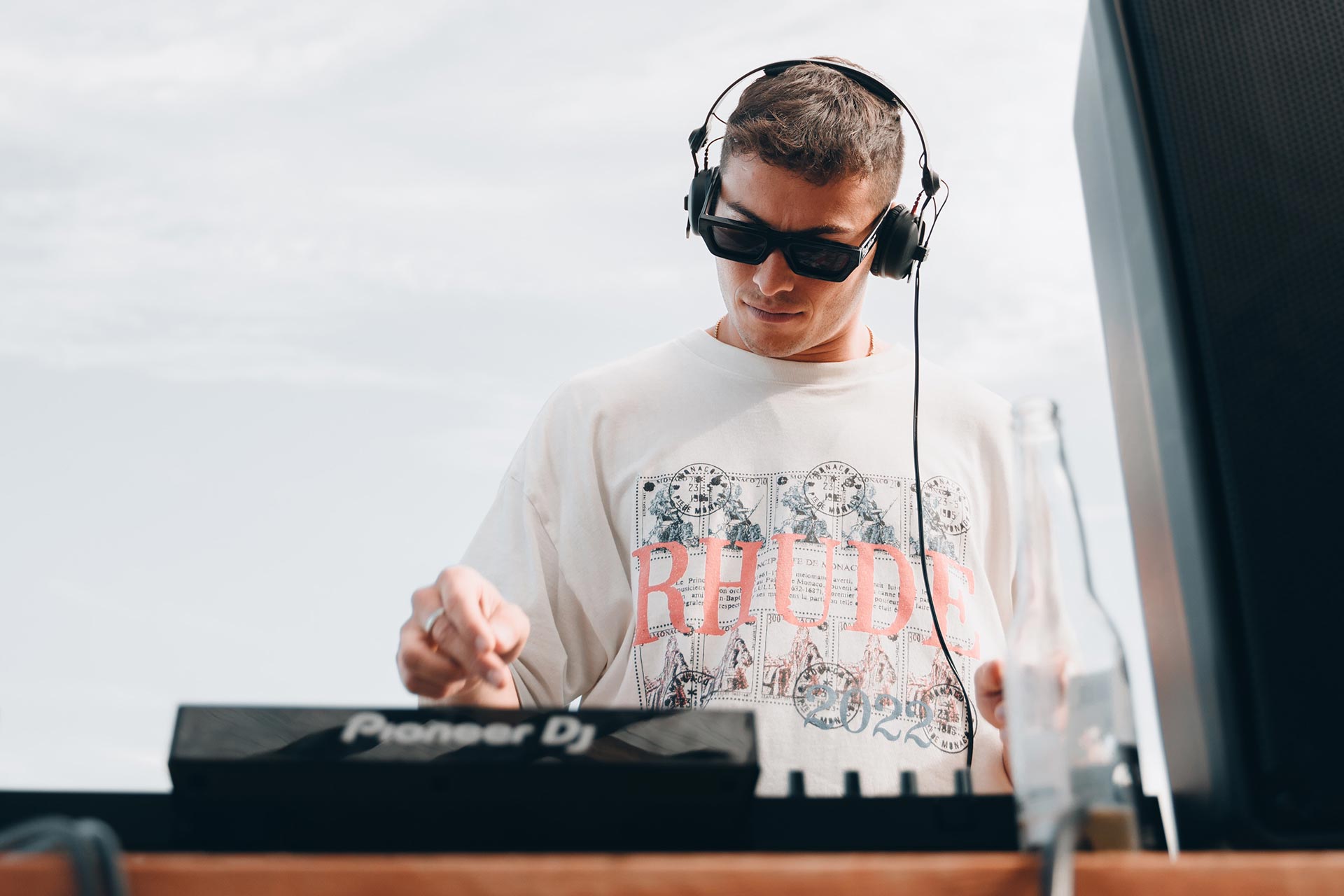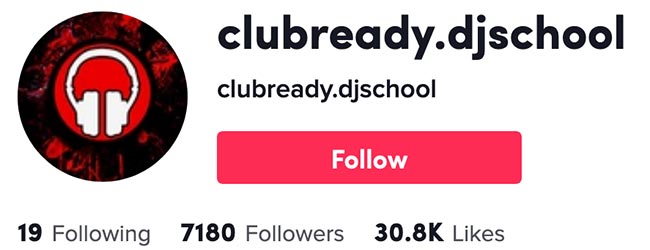HOW TO MIX PSY TRANCE
The key to killer psy trance sets, and TBH, any DJ set for that matter, is killer track selection and arrangement, which usually comes down to how well you know your tracks or how much research and prep you do before crafting a set. In this video I'll breakdown the things I consider when building a set and putting together a playlist.
This video / article assumes you already have strong DJ foundations, and if you don't, and you feel you'd benefit from a more organised approach, I'll link in my club ready course into the description below. OK let's jump in, when mixing psy trance there are a few things you need to be mindful of. 1. what tracks to play, 2, how much of each track to play and 3, how to master your transitions so they are clean and punchy.
So, number 1, what tracks to play.
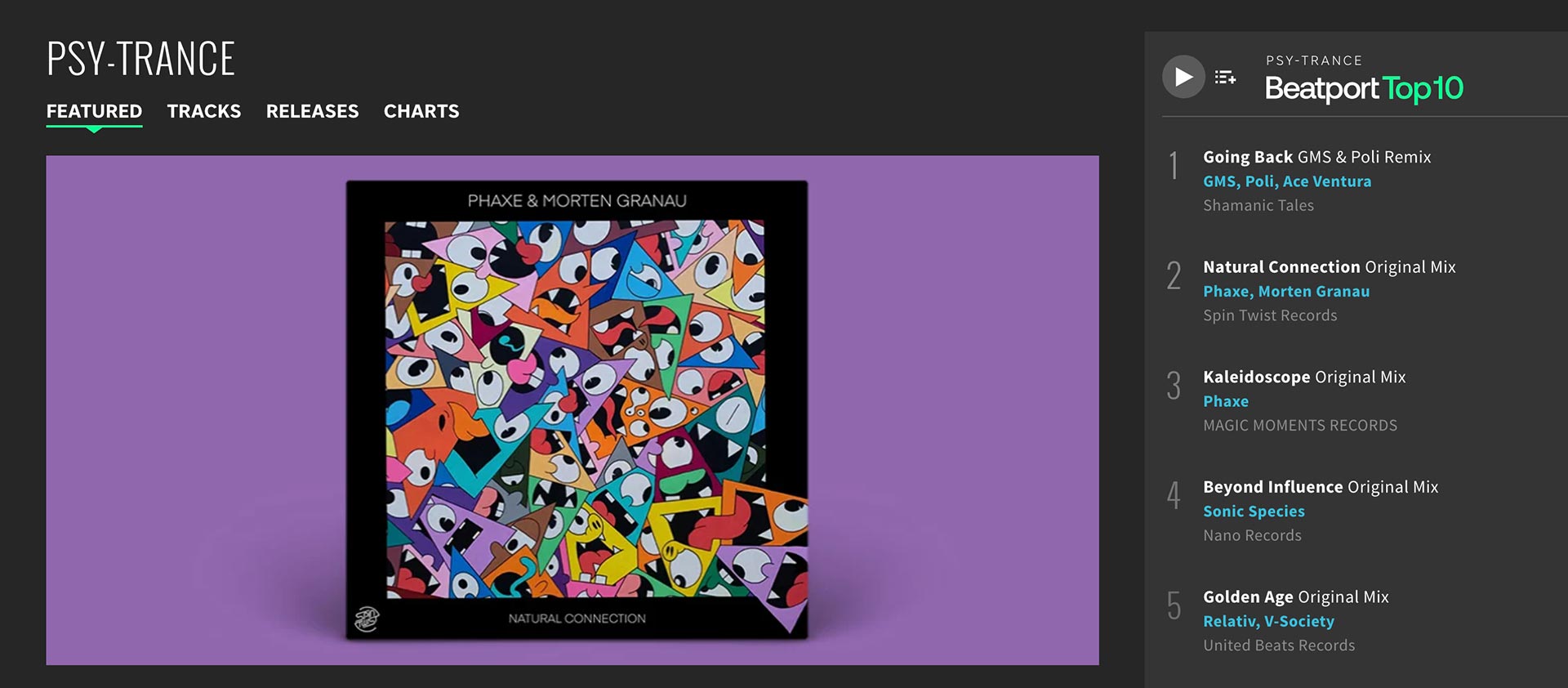
This is obviously a personal preference but my first step would be to get clear on your intentions and do some research. For instance if you are playing for yourself, you can play whatever you want, but if you are performing live you may want to play popular tracks that you know people in that scene will respond to. You can do this in a few ways. Firstly iI'd usually start by going to beaport, go to the genres tab, and select the genre I am interested in and then open up the top 100 selling tracks for that genre. Now for many people that may be enough, but if playing live, you may need some back catelogue stuff as well, so you could either google biggest psy trance djs and see what comes up and then listen to some live sets and shazam the tracks you are resonating with, or you could even search popular psy trance dj sets at 1001tracklists.com and see what tracks the big guys are playing.
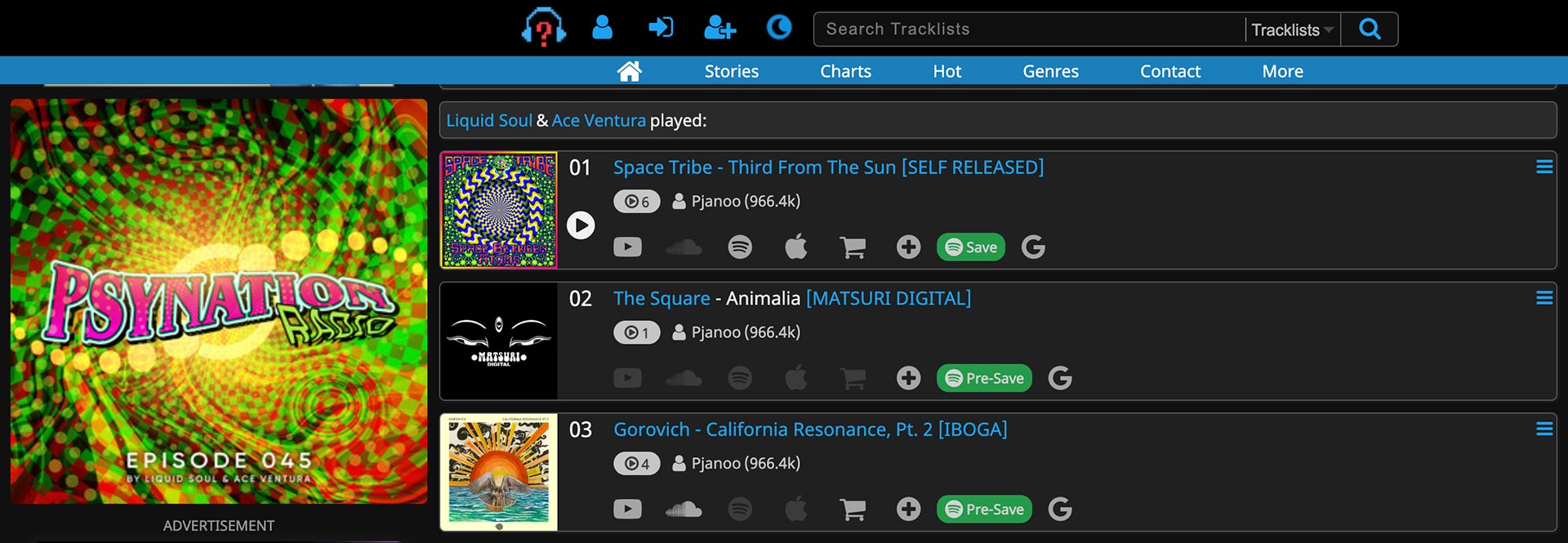
The advantage of 1001 track lists is, you can see the whole set in order and it also gives you an idea of how much of each track is being played. For instance, for the psy trance set i did last week, I looked up space tribe and he did a set that was an hour long and in that time he played 13 tracks. this means he is probably playing most of each track. as in my set I got through 17 tracks in 36 minutes, but again, that doesn't make me a better DJ as it's not how fast you can mix, but more about how much atmosphere you can create when you play so if a track's working, it's better to let it play through than do a fancy transition.

So that leads to number 2: how much of each track do you play?
This depends on a few things, but if you are one of the many many Djs that doesn't do pre prep, for instance you don't map out a playlist in advance and set cues, then it's really popular to hit play from the first beat of your new track on the first beat of the last drop, of the track playing, and hope that as your new track kicks in, your old track finishes.
In video - example 1: intro over outro: watch here: https://youtu.be/xZk5NC5RJqM
However if you wish to get more creative and play certain parts of each track, which IMO keeps the set interesting and unique, then you may want to pre map your tracks with cue points before even hitting the decks. How and where to set cues is a video in itself so if you haven't already, check out my free mini course, I'll put a link in the description below, but the free mini course contains about 17 free videos not found on YT, about set prep, harmonic mixing, amongst other things and is 100% enough for you take get some inspiration and build momentum for your DJIng.
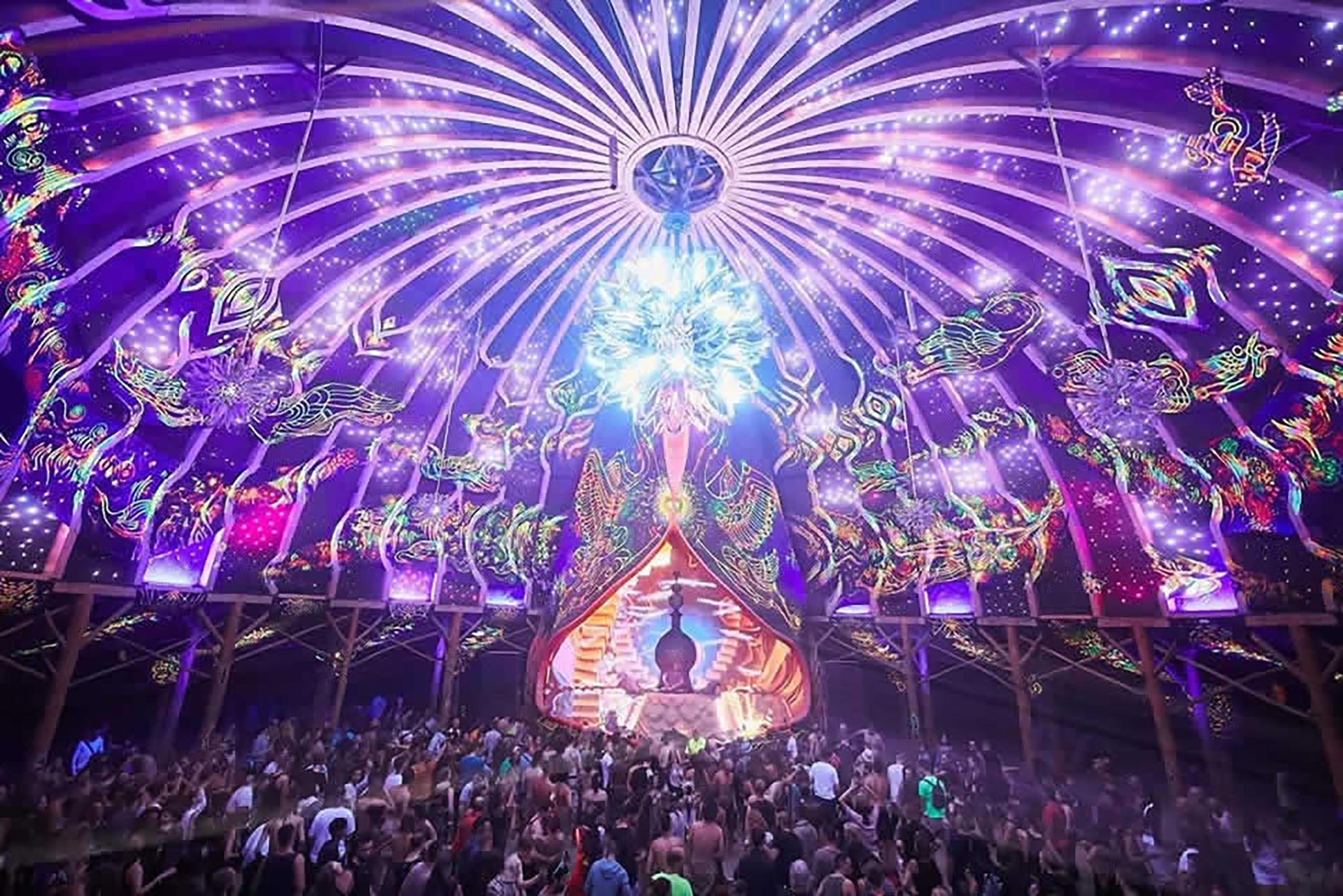
Now personally I like both methods, pre planning and getting to know music through jamming, but in the set I did last week, I set cues in advance and this allowed me to make certain that everything lined up. For instance let's say I have a track playing and it's got this boring part in the middle, or it drops off and creates a break of sorts for me to do a clean transition, well I could map it with cues and then make sure that when that part hits something cool kicks in, this keeps the energy going.
In video - example 2: more creative mixing watch here: https://youtu.be/xZk5NC5RJqM
At the end of the day, when it comes to how much of each track to play, it's all about balance. If you're mixing super quickly all the time it can sound like you're on too much coffee and it effects the energy on the floor and comes across as messy, but on the other hand if you're always playing the full track, unless you're a megastar with your own tracks and a huge dance floor, it can get boring and sometimes it can feel like you are waiting for the transitions and there's too much down time between transitions and again you could lose energy.
Personally I like mixing it up. If a track is awesome, play the whole thing or if you only like the second half of the track play the second half. You have to trust your intuition here. if you find yourself getting bored, chances are your audience is also bored. Personally to keep things interesting, i like to tease in familiar patterns, vocals or even acapellas, but that's a video in itself so let me know if that interests you in the comments and if so, I believe I could get something out about the lost art of teasing in tracks within a week or 2, so subscribe now and hit the notifications bell as this channel is your best bet when it comes to real life DJ advice, as personally I am all about giving my students the tools needed to DJ at the highest level so they can create killer atmospheres when they play.
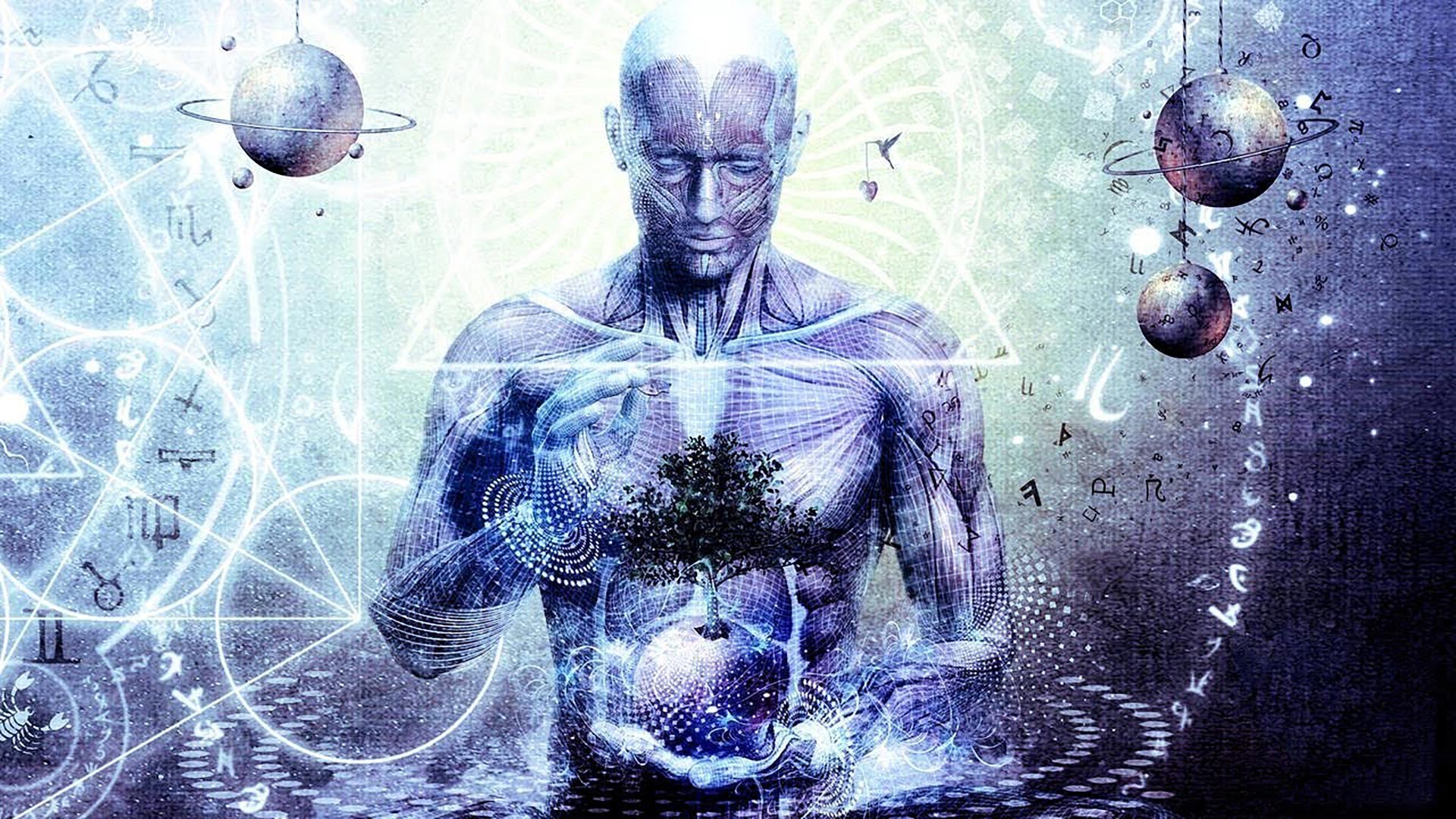
So now, number 3, how to master your transitions so they are clean and punchy.
OK so let's say you have your tracks, you have even set some cues and put your tracks in a rough order using your software, all taught in my mini course. now it's time to master your transitions. I did a video a long time ago now on 5 different DJ transitions and 100% this applies to all genres and I'll link that in now, but when mixing psy, 100% you have to be careful of the transitions getting too busy and sounding messy. Here's the thing, quite often there is a lot going on, which means you need to either keep your new track low in the mix until your transition point, using advanced EQ methods, or you can just wait to your transition point and then mainly use your volume faders and bass swapping.
If you watch the psy trance set I did last week you'll notice I use both methods throughout but I'll give you an example of each now.
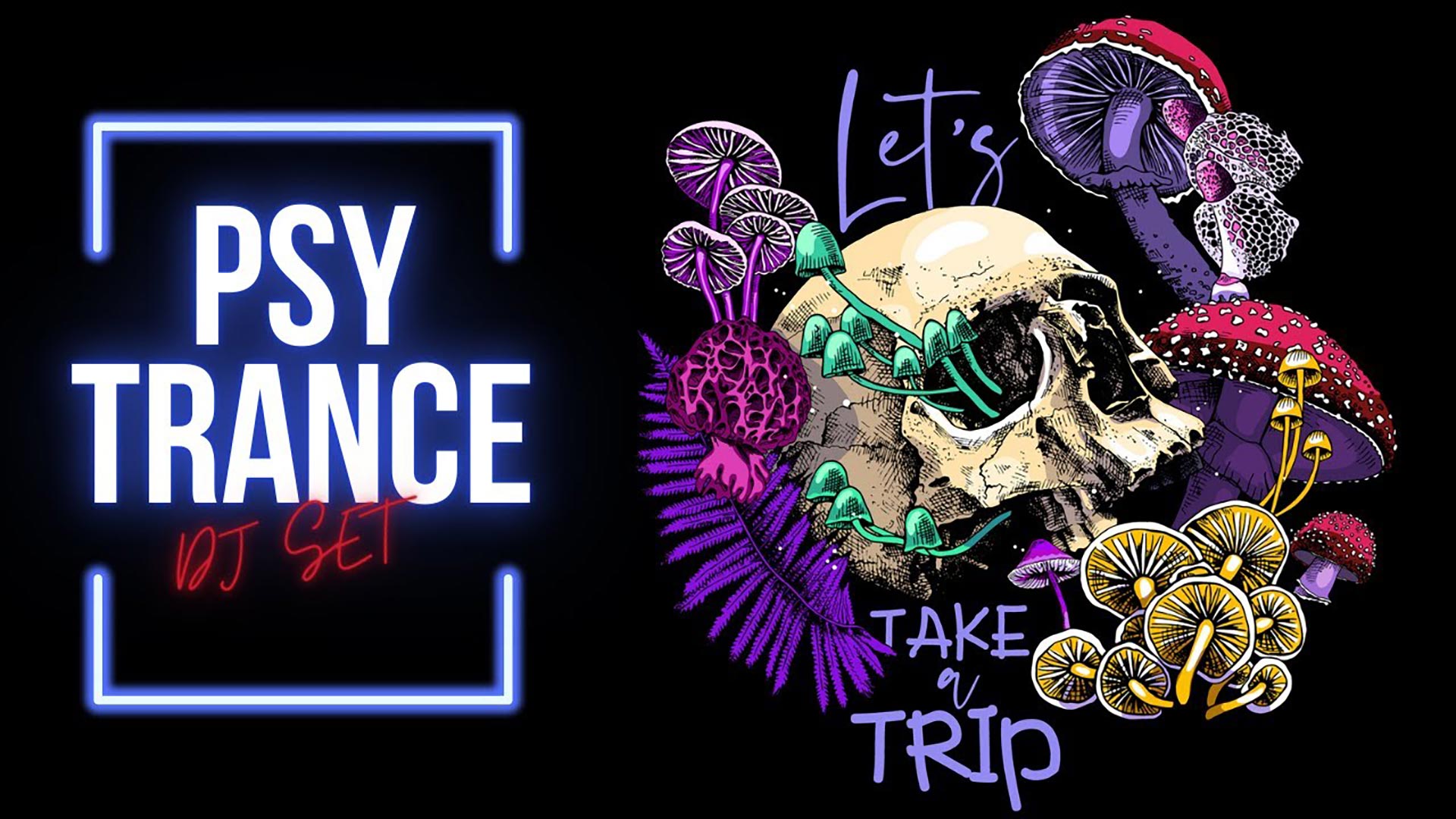
For more on EQ vs basic bass swapping watch this video:

However if the master track playing drops off and creates a platform of sorts to do a clean mix, as there's less happening in the track, then that's also a good place to do a clean mix and is usually what I look for when doing pre prep. This is why the majority of people love mixing on the outros as it's relatively clean and easy, but the track may also drop off in the middle or often even into a breakdown. Now mixing into the breakdown is a really popular mix point, but if you do that, just make certain the track you are mixing in is better, as the last thing you want to do is cut a track in half when people are loving it on the dance-floor. So again this will come down to reading the crowd and I personally suggest having at least 2 mix out options, one in the middle of the track, to keep the energy going, and one at the end of the track in case people are loving it.
In video - example 3: mixing into breakdown - watch here: https://youtu.be/xZk5NC5RJqM
Notice I got the other track out before the master track kicked back in. In truth mixing into the break can be really exciting, and sometimes you can draw out the transitions and it really works, but other times it can bite you, meaning it becomes messy fast as both tracks start to kick in or back in, and this is the reason many people choose to play the whole track, to play it safe and avoid potential f ups.
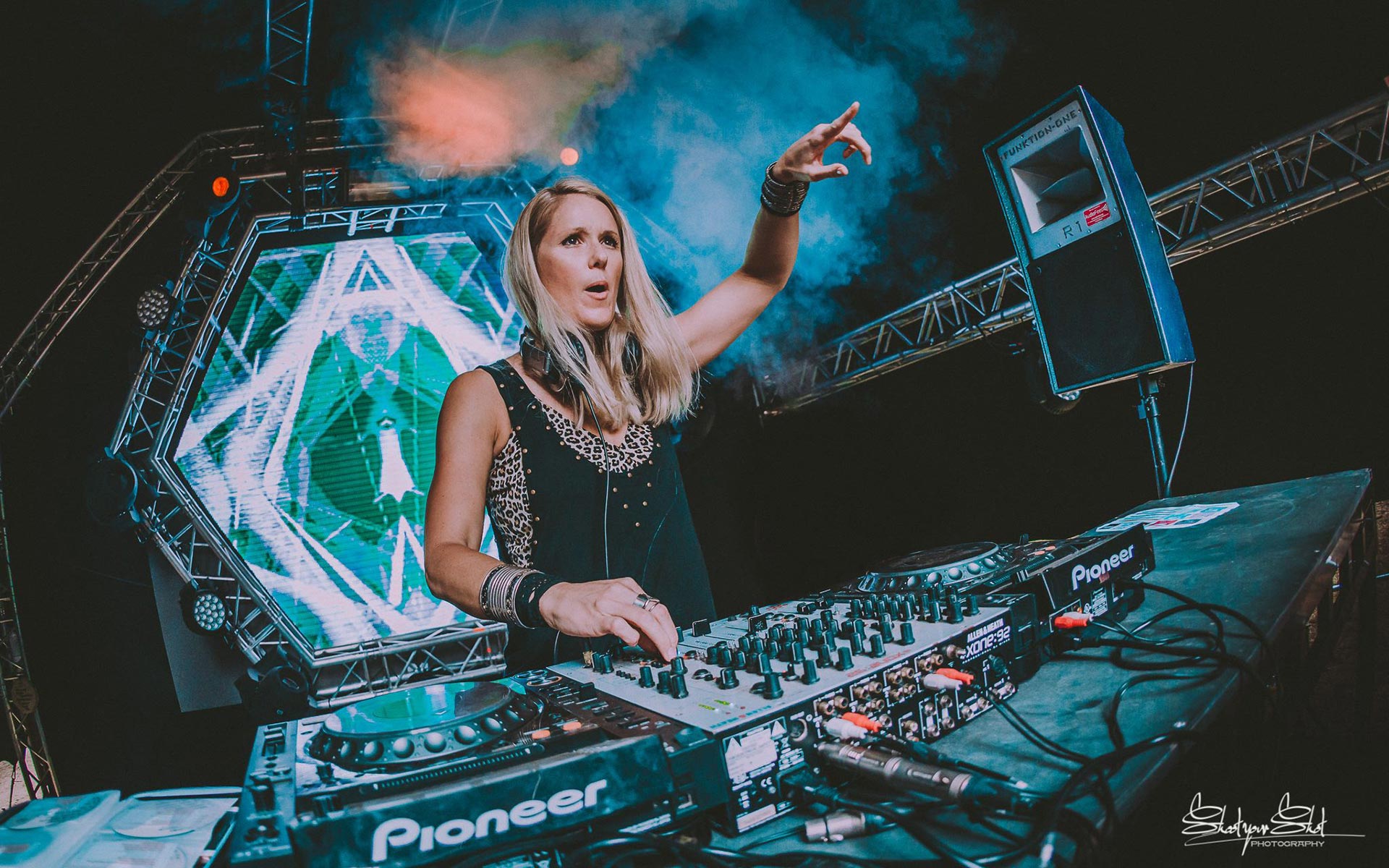
So just as an overview, research the genre you are interested in, build a playlist of tracks and if you want to do some pre prep, which mind you can be a great way to get to know new tracks in advance, then without my DJ gear plugged in, I'd map the tracks with cues, find tracks that go well together, or have a similar energy, and then I'd put them into a loose order just using my DJ software. Once done then I hit the decks but the advantage of pre prep is I already have the bases of a set to work with and am not just hitting play and hoping for the best.
However if you're impatient and just want to just it the decks without any prep, I suggest at least getting the keys and mixing harmonically until you get to know the tracks,- which in truth can be limiting, but may be your best chance of getting your transitions to sound good, especially when first starting out.
How much you play of each track is up to you, but I suggest a balance between longer more drawn out transitions and a few faster transitions, and when mixing parts, the intro over the outro is no doubt the safest and is what the majority do, otherwise you can get a bit more creative and try replacing the drop, or mixing into the breakdowns or even taking it even further and trying double drops, dropping builds or vocals into parts where there's not much going on, or even teasing in tracks to test your dance floor and see what people are responding to without fully committing, this is always fun!!
RELATED POSTS
In the first video at the top of the page I demonstrate different ways to mix Afro House, including where to mix, how long to play both tracks together, how to control energy through faster mixing, how to mix even when there's no obvious place to transition, and how to use looping to highlight certain parts of a track so you can extend your transitions smoothly. Let's do this!
Are you sick of some of your mixes sounding great and others sounding bad? In this video I'll give you 5 tips on where you can mix in your new track to make certain your transitions sound natural and effortless every single time. Let's start with the most common method, mixing in after the chorus.
Have you noticed the beats of your tracks drifting apart? Not having a visual reference to align the beats visually may affect your confidence behind the decks. Beatmatching allows you to match the beats by ear without looking at stacked waveforms. Even if you can align beats visually, beatmatching is an important tool to have in your toolbox because some venues do not have stacked waveform visuals.
As DJs, music is an essential part of our lives, and for many people, nothing compares to the feeling of a well-crafted DJ mix. Not only is it an amazing promotional tool to create or boost your current DJ career, it is also a means to form your identity and brand.
Not yet part of the Club Ready Tribe? Sign up to become a student today and join the strongest DJ community in the world!!
DRUM ROLL... GET THE COMPLETE PACKAGE
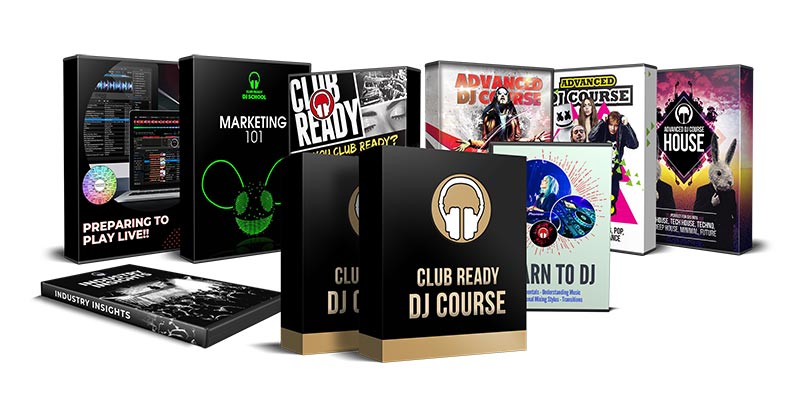
Buy all the courses and get over 60% off
For a limited time
CLUB READY DJ COURSE: Value: $295
ADVANCED PERFORMANCE PACK: Value: $395
CLUB PACK: Value: $195
ONE TIME BONUS VIDEOS: Value: $75
BONUS CONTROLLER TO CLUB MINI COURSE: Value: $95
FEEDBACK ON MIXES: Value: $45
MEMBER ACCESS TO CLUB READY TRIBE
DIRECT ACCESS TO ME
TOTAL VALUE: $1295
TOTAL VALUE OF COMPLETE PACKAGE: $1295
>> SALE PRICE: $175 Sale Ends Soon <<
YES! I WANT ALL THIS FOR ONLY $175And I want to be on time for the reduced price!

If you press the button and see the price went back to $1295 it means the promotion has ended and the program is back to its regular price.
This price is a ONE-TIME-ONLY payment and you get to keep the program FOR LIFE.
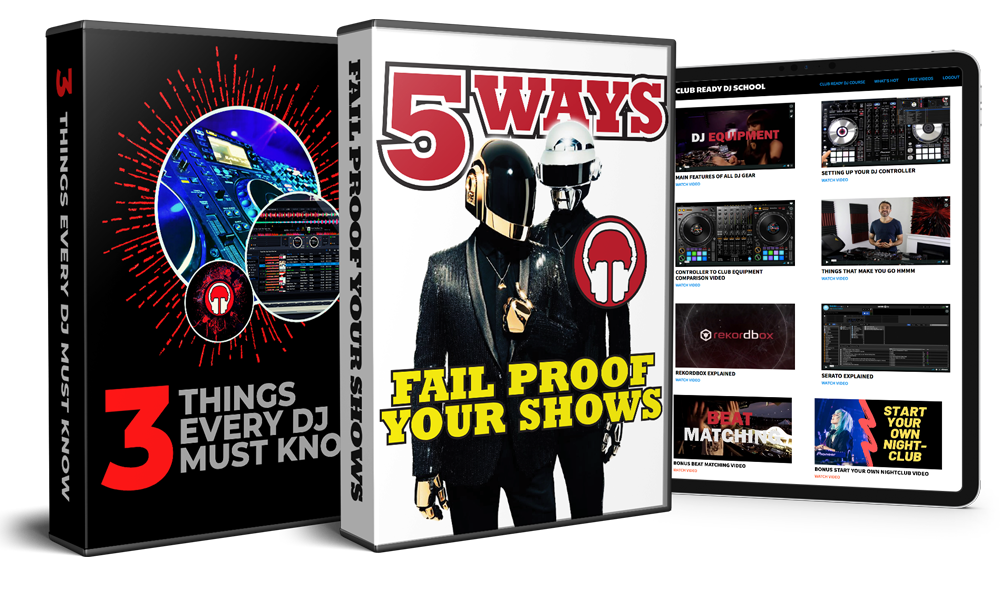
16 MINI DJ LESSONS FOR FREE!
Not sure where to start? In this mini series I answer many of the questions beginners have about learning to DJ.
CLUB READY DJ COURSE
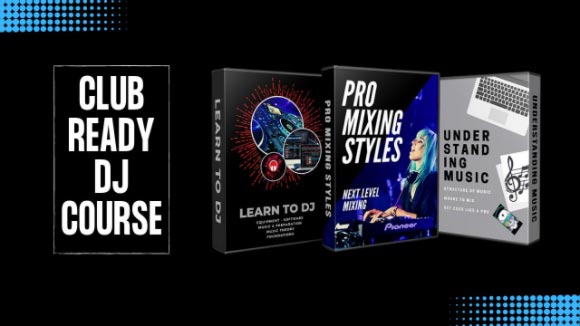 Usually
Usually ADVANCED PERFORMANCE PACK
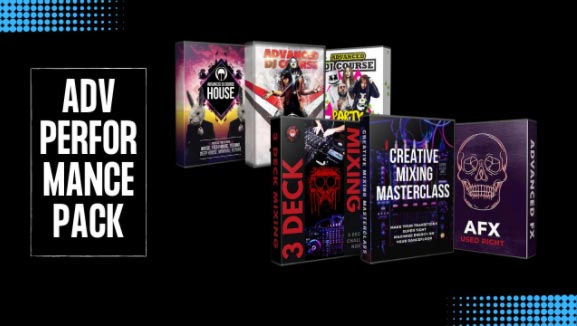 Usually
Usually CLUB PACK
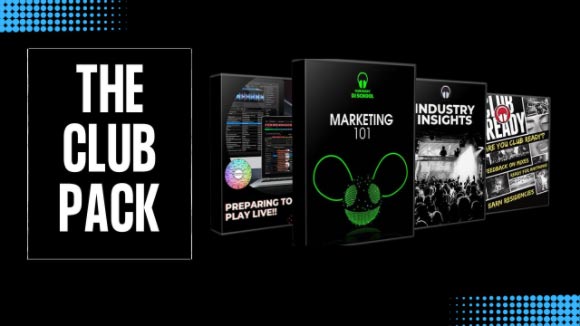 Usually
Usually THE COMPLETE PACKAGE
Get all of my courses for life!
 TOTAL VALUE:
TOTAL VALUE: 
